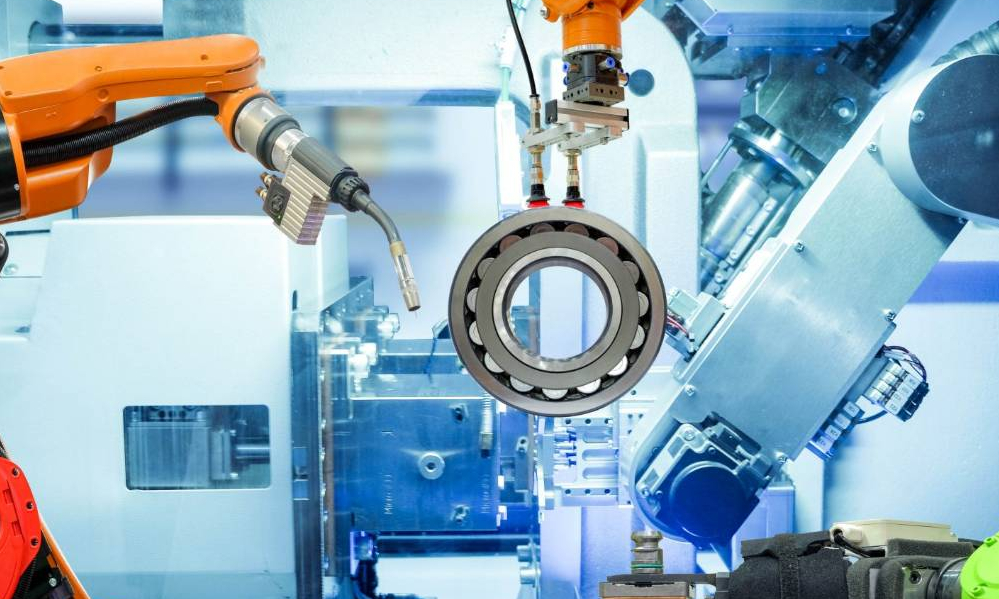Manufacturing has always been a battleground of efficiency and innovation. Beginning three centuries ago, a series of revolutions has continually pushed the industry forward:
- The first revolution: Man was first traded for machine during the industrial revolution.
- The second revolution: The introduction of electricity led to mass production.
- The third revolution: Computers automated previously manual tasks.
But none of these revolutions had as instant and complete an impact as today’s.
The fourth revolution is one of connectedness, driven by clever algorithms and the internet. It has made location less relevant; where historically a manufacturer’s competitors were in the same country, New Zealand companies now compete with the whole world, and it turns out that less developed nations can often do things far cheaper.
Success now relies on using technology to stay ahead of your competitors. New Zealand manufacturers do this well, which is why manufacturing continues to be one of the greatest contributors to the NZ economy, generating $36 billion per year and employing 11% of the workforce.
But with things changing so quickly and constantly, it’s not easy to stay ahead of the game. New Zealand manufacturers need to constantly adapt and adopt.
So, to help you do just that, here are 5 of our most important IT tips.
Tip 1: Plan for the far future, not the near future
You may not know what the future holds, but you can make an educated guess as to where it’s going. You need to ensure that your IT system – both hardware and software – will be up to whatever task you throw at it.
Ask yourself: what will our needs be in five years? Think how your IT needs have changed in the last five years, and plan for even greater change in the future. Make your system as future-proofed as possible, and ensure it is capable of things like transferring information from CAD to production machines in a fast and secure way.
Tip 2: Conduct predictive IT maintenance
A 2016 survey by Information Technology Intelligence Consulting saw 98% of organisations saying that a single hour of downtime cost them more than $100,000. If you want to stay competitive in such a challenging environment, your entire system needs to function as it has been designed to.
Predictive IT maintenance technologies help to keep your production on track. By monitoring equipment and analysing metrics, they can help reduce your maintenance costs by 20%, and unplanned outages by up to 50%.
Tip 3: Choose your software wisely
Your manufacturing process is only ever as good as the software that facilitates it. Software selection is therefore one of the most important considerations for any manufacturing business. Take the time to look at your current systems, and if there’s a better solution available, don’t hesitate to switch. The short term pain will result in real long term gains.
Tip 4: Combine IoT and big data
The internet of things (IoT) and big data are defining features of the fourth revolution. Universal internet access, small sensors and cloud computing mean that we can use smart devices to instantly collect and analyse data from anywhere in our business, which will be key to increasing productivity and minimising inefficiency into the future.
While the exact shape of your IoT/big data investment will depend on your business, it’s clear that some sort of investment needs to be made – according to the IDC, worldwide IoT spending is set to top $1 trillion in 2022, with the manufacturing industry being by far the largest investor.
Tip 5: Create an IT asset management plan
As the importance and complexity of your IT system increases, the cost of it is likely to do the same. An IT asset management plan ensures these costs don’t become financially debilitating, by spreading them out over the lifetime of your assets – you don’t want to have to replace every single piece of hardware at the same time.
Cloud-based technologies are becoming an increasingly important part of IT asset management plans in the manufacturing industry. These solutions allow you to only pay for what you need, be it software, storage or computing power, and can remove the need for almost all on-premise hardware.
Sure, the manufacturing sector has always been a battleground of efficiency and innovation. But it’s fair to say that the rate of change has increased exponentially since the industrial revolution.
If you want to stay ahead in this ever more connected and competitive world, you need to invest real effort and resources into your IT systems. These five tips are a great place to start.



